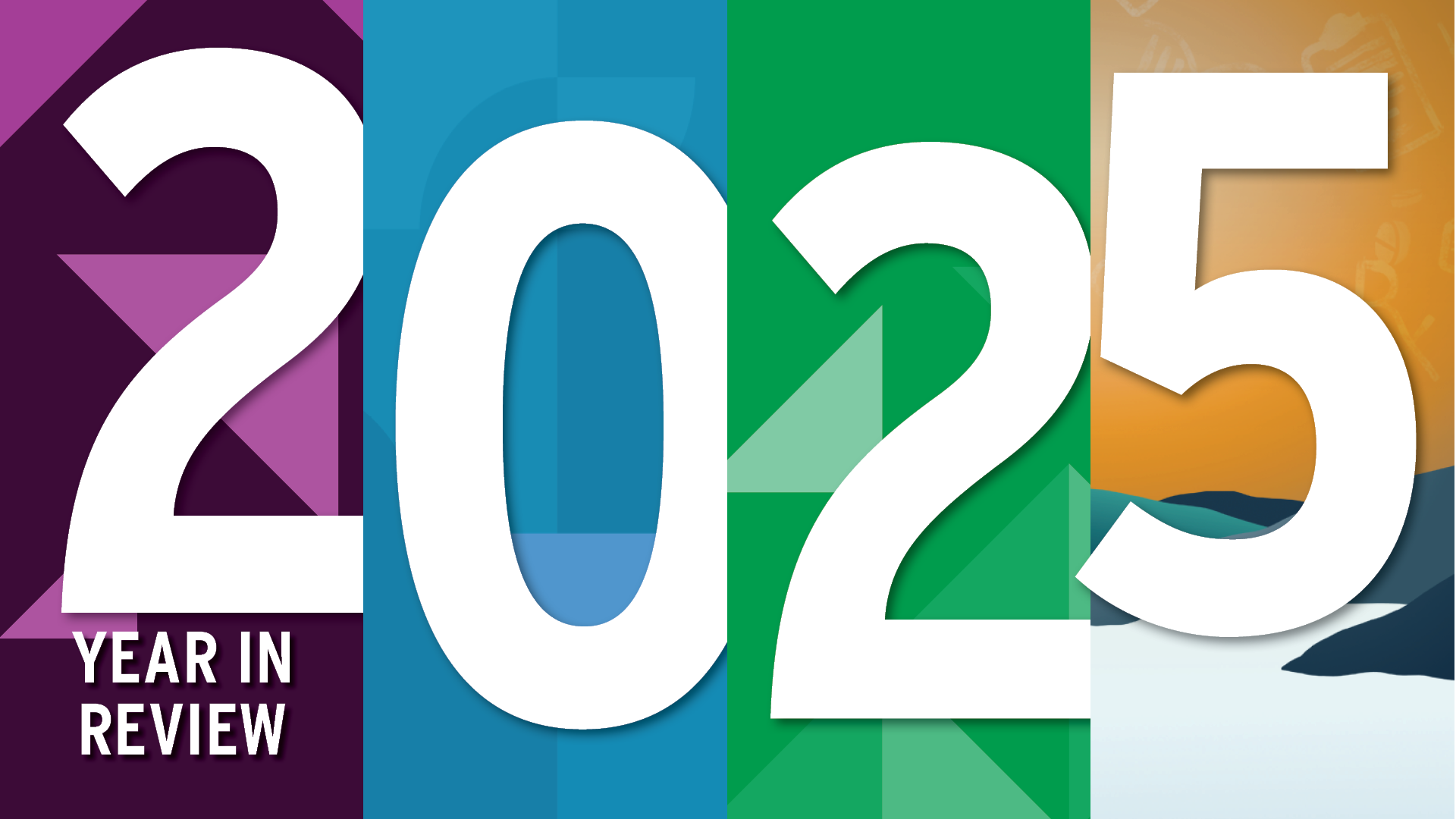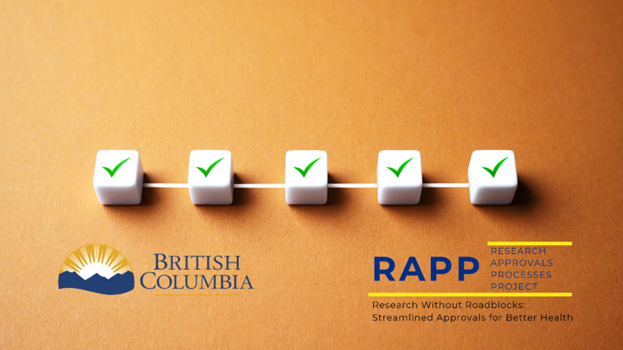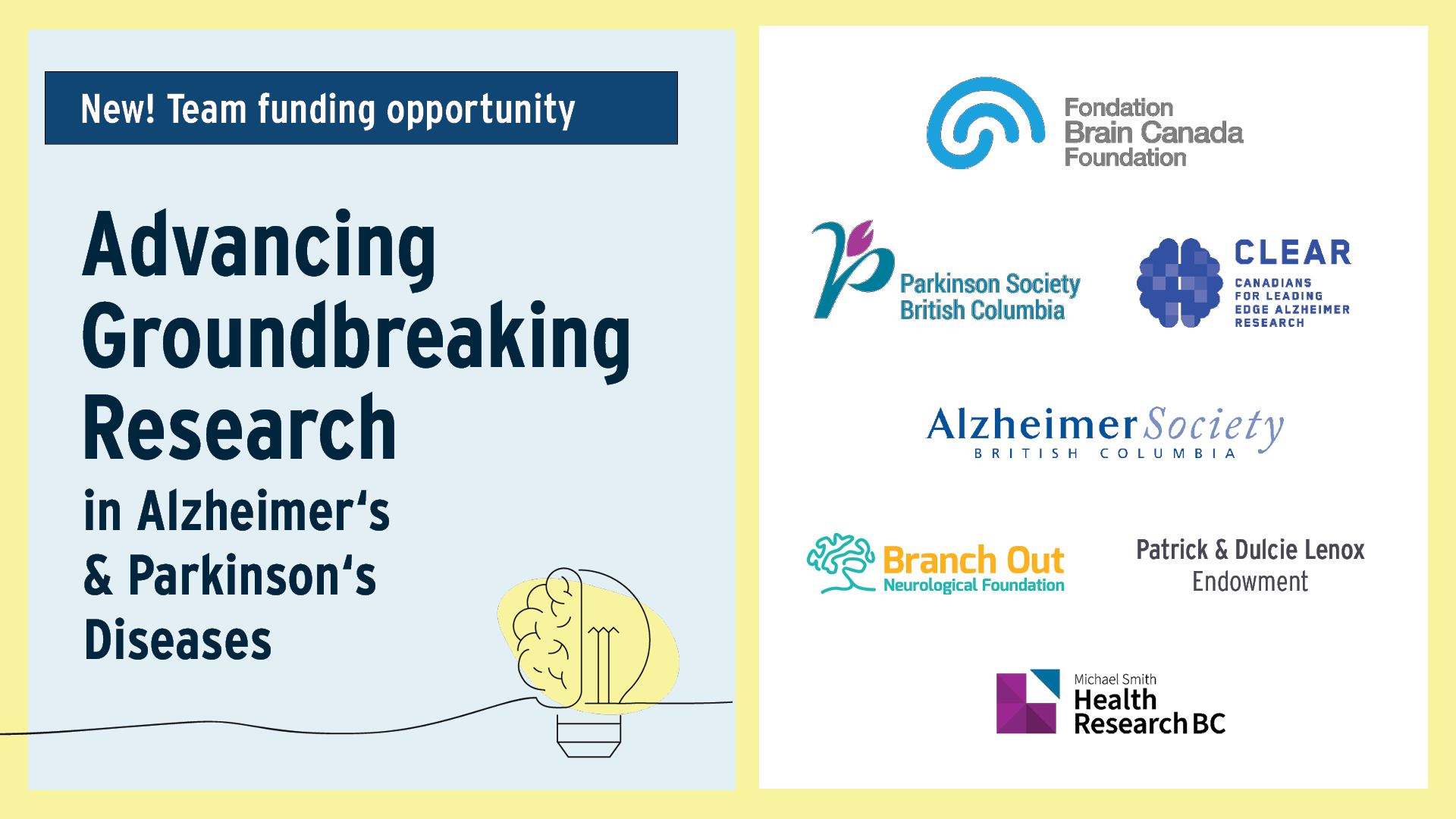Do we need to translate “Knowledge Translation Science?”
22 July 2021

Image: A confused person surrounded and boxed in by lots of knowledge translation terms.
Our language may be tripping us up.
The BC SUPPORT Unit’s Knowledge Translation/Implementation Science Methods Cluster has significantly boosted understanding of how research evidence can improve health and health care — essentially what knowledge translation, or KT, is all about. As the cluster winds down, we are wondering: is there enough momentum in the BC health research community to continue this important work?
We think the answer is “Yes, but…”
Yes, BC is a leader in studying how evidence gets (& should get) used
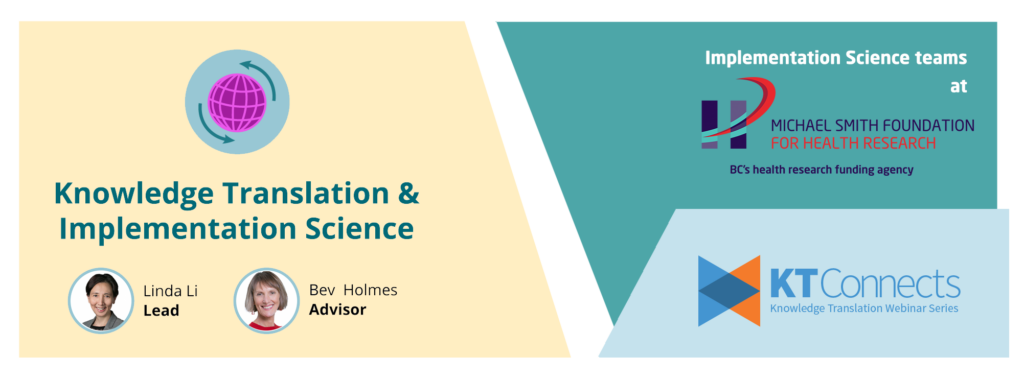
Five stellar projects were funded by the Knowledge Translation/Implementation Science Methods Cluster. Dr. Martha McLeod & team are engaging community members to implement health care innovations, such as new treatments, in rural and remote regions. Dr. Nelly Oelke & team are studying how to build consensus among health research teams that involve community members. Dr. Sarah Munro & team have explored the best ways to share information from a documentary film about the effect of germs on children. Dr. Allan Best’s team worked with the City of Vancouver to co-develop tools to support health care and community organizations in making decision on complex issues, for example neighbourhood housing. And, Dr. Linda Li is leading a citizen science project that studies the use of a public web-based portal to help scientists develop research questions related to pain. Hosted by Population Data BC, Citizen Science has attracted more than 1,000 visitors in Canada and around the world.
In addition to these BC SUPPORT Unit Methods Clusters projects, the Michael Smith Foundation for Health Research (MSFHR) launched five Implementation Science Teams in 2019 and co-hosts the KT Connects webinars, which feature a range of content related to knowledge translation, showcasing BC knowledge translation scientists and practitioners. Since 2016, KT Connects has delivered 31 episodes featuring more than 40 local speakers. Recordings in the YouTube playlist have been viewed more than 5,400 times.
Collectively, these activities are generating evidence to help ensure research findings are put to good use, not sitting on shelves in academic journals. And all this work has also allayed two concerns we heard as the Knowledge Translation/Implementation Science Methods Cluster began its work:
- Whether BC has enough knowledge translation expertise, and
- Whether anyone is actually interested in this topic.
A definite yes to both!
But… the language is getting confusing
As we come out of a pandemic, there is an appetite for effective tools and strategies for communicating and using evidence to navigate the re-opening process. So, the need for knowledge translation science remains high. But, we think the number and the use of terms in this field will hinder progress, and we think it’s time for clarity.
Things were clear for a while…
Fifteen years ago Ian Graham and colleagues wrote their landmark paper, Lost in Knowledge Translation: Time for a Map? They highlighted the potential of knowledge translation as a field, but suggested that to realize this potential, there must be consistency in terminology and definitions among funders, scientists and other stakeholders. They also made the case to open the “black box” of this field — to explore what knowledge translation really is — and proposed the Knowledge-to-Action (KTA) Framework. This framework offers an important grounding for researchers and practitioners to both do and study knowledge translation.
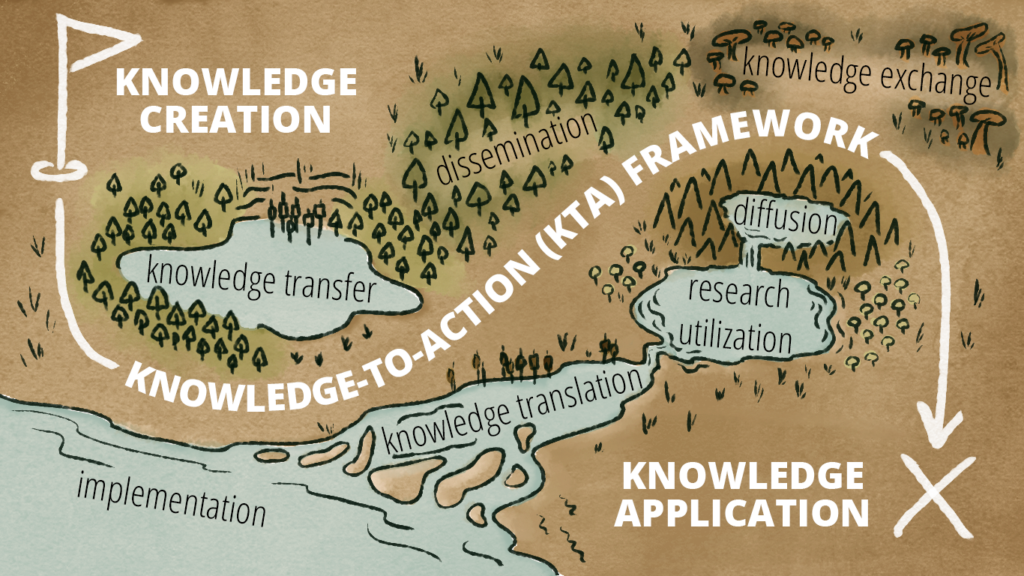
Guided by the KTA Framework, many tools and strategies have been developed over the years to improve and accelerate the “doing”: moving research evidence into clinical practice and social action. This has also enabled “studying the doing” of knowledge translation (like our Methods Clusters projects), which has helped us improve how we do knowledge translation.
What happened?
Graham et al’s paper set the stage for language clarity, and the field took off in Canada. But language evolves, and more terms have cropped up to describe the use of research evidence in practice. Even Canadian Institutes of Health Research (CIHR), in their most recent strategic plan, is using the term ‘knowledge mobilization’, rather than ‘knowledge translation’.
And of course, their former term ‘knowledge translation/implementation science’, which our Methods Cluster inherited, is itself problematic for two reasons.
First, implementation — the adoption of evidence-based programs — isn’t separate from knowledge translation as the term indicates. Rather, implementation is one aspect of knowledge translation along with dissemination, which is the active distribution of information. On this note, we think the U.S. term for this field of dissemination and implementation, used by the National Institutes of Health, is clearer.
Second, the term confuses the difference between the science and practice of research evidence use. We sometimes hear people discussing their work as ‘knowledge translation science’, when they are only using a knowledge translation strategy to disseminate or implement evidence — not studying the use of that strategy. While high quality knowledge translation supports evidence based practice, it offers relatively limited insight to how well a knowledge translation strategy may work in a different setting and context — focuses that are important for the true study of a strategy — i.e., true ‘knowledge translation science.’
Where to from here?
Perhaps the way forward for defining true ‘knowledge translation science’ is to build on CIHR’s initial definition of knowledge translation — the foundation of such good work across Canada. All that’s needed is to add “scientific study of” to the current definition: “the dynamic and iterative process that includes synthesis, dissemination, exchange, and ethically-sound application of knowledge to improve the health of Canadians, provide more effective health services and products and strengthen the health care system.”
This means that research that aims to produce generalizable findings on tools and strategies, or, explores theories and methods to improve how evidence is used in practice, is ‘knowledge translation science’.

Ideally, Canadian funding agencies and journals publishing knowledge translation science would embrace and promote this definition, given their key role in defining scientific domains.
What do you think?
Do you agree that knowledge translation science has potential to reduce the research-practice gap and improve health and health care?
Do you think progress in the field requires consistent terms and definitions?
Should we collaborate to “claim this space” with our definition or another, and partner to do some KT on KT science?
Acknowledgement
We thank Dr. Sharon Straus and Dr. Ian Graham for their helpful review and suggestions for this blog.
The Methods Clusters project studied the way that patient-oriented research is done, and how it could be better. In a series of blog posts, team members wrote about their work, what they learned and the best ways to engage patients in health research design. The BC SUPPORT Unit provided funding for the project.
This blog post was written by Linda Li and Dr. Bev Holmes.



